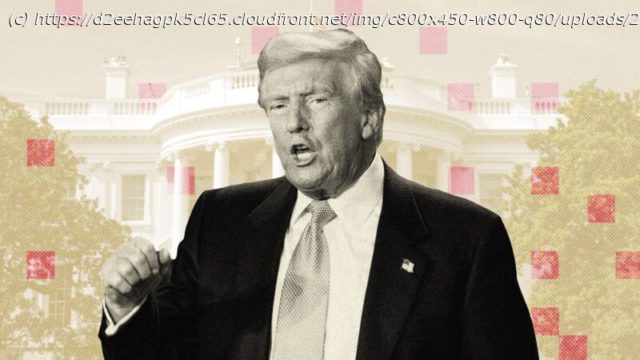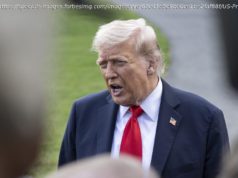Supporters of Vice President Kamala Harris are surely experiencing disappointment, but one of the Biden-Harris administration’s pillars—»industrial The bipartisan embrace of industrial policy represents one of the most dangerous economic illusions of our time.
Supporters of Vice President Kamala Harris are surely experiencing disappointment, but one of the Biden-Harris administration’s pillars—»industrial policy»—won big on Tuesday. That’s because it’s already been embraced by both parties. President-elect Donald Trump loves expensive tariffs, and Harris loves big subsidies to big businesses, and to some degree vice versa.
That, my friends, should disappoint us all. Industrial policy represents one of the most dangerous economic illusions of our time.
Often presented as a populist program, it’s usually implemented in a way that makes it no different than the worst crony programs. According to my friend Sam Gregg—an expert on the issue for the American Institute for Economic Research and author of the excellent book The Next American Economy—industrial policy «involves trying to alter the allocation of resources and incentives in particular economic sectors that would otherwise transpire if entrepreneurs and businesses were left to themselves.»
It’s also known by another name: central planning.
Industrial policy’s tools include giving out subsidies, tax preferences, trade protection, preferential financing, and regulatory advantages. To be sure, we already have plenty of that, including a tax code littered with exemptions for special interests and a budget full of costly subsidies. What makes industrial policy distinct is that it picks certain economic activities to promote in attempts to reorder our economic landscape—sometimes even for cultural reasons.






